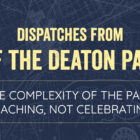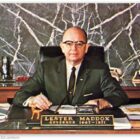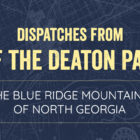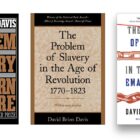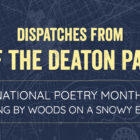The Georgia Historical Society is launching a new and exciting initiative soon, and in preparation for it I’ve been reading deeply in the literature of race in American history.
I’ve been reading about this topic for almost 40 years, but my current course of reading in this subject actually began a couple of years ago, when I embarked on a project to actually read many of the books that I had been assigned in graduate school—big, important works that I was supposed to read but didn’t, at least not as closely as I would have liked. Books like E.P. Thompson’s The Making of the English Working Class, Lawrence Goodwyn’s Democratic Promise, David Montgomery’s The Fall of the House of Labor, and Keith Thomas’s Religion and the Decline of Magic, to cite just a few. These were all important, magisterial works that deserved to be read in full.

